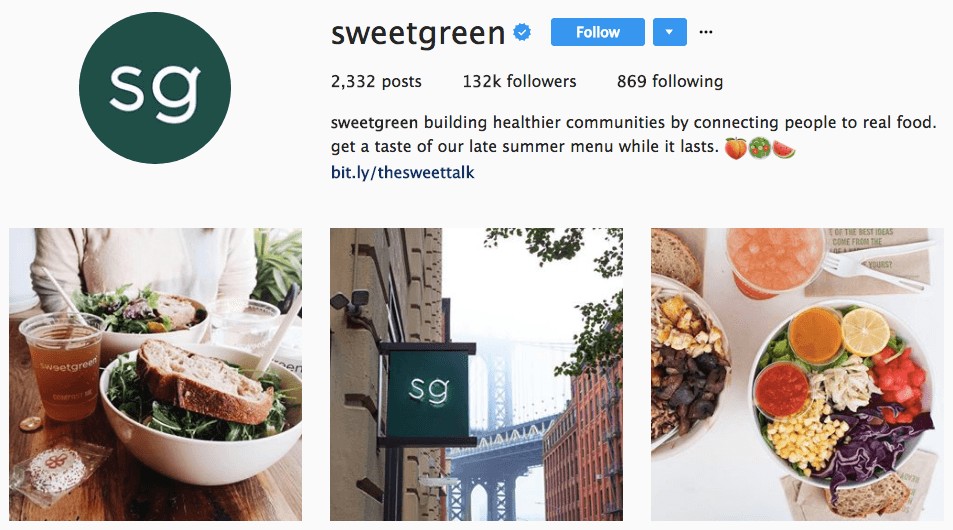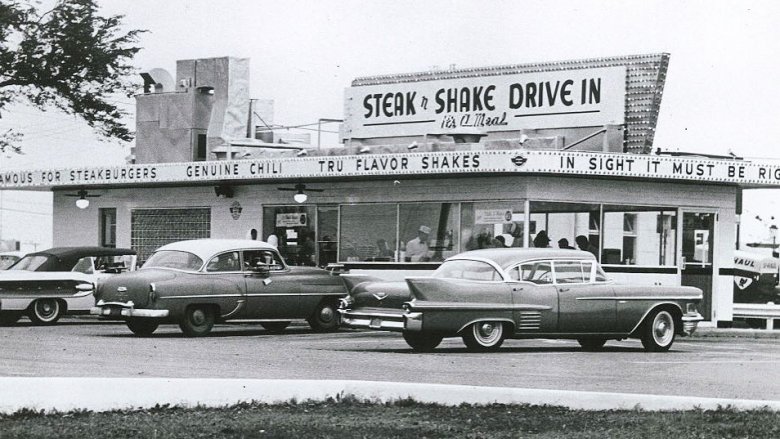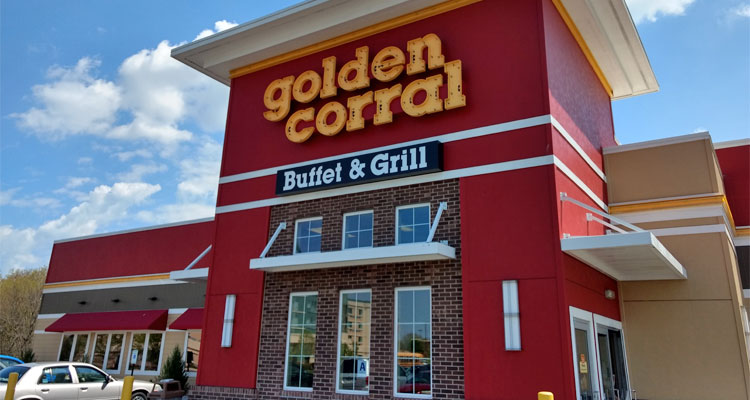How Restaurants Are Keeping Up

Not to get too nostalgic, but there was a time when running a restaurant meant providing your customers with good tasting food that looked appetizing on a plate and was affordable to your target demographic. Today, consumers have a seemingly infinite set of choices when it comes to their next meal fueled by ever-changing food trends promoted in every app and website.
However, there is one trend that has had enormous staying power due to its macro view on eating dishes with ingredients that provide a specific health benefit. That’s right, we are talking about the Functional Food Movement.
What is Functional Food?
A functional ingredient can be defined as an edible component of a dish that provides a specific health benefit, whether proven or perceived. Consumers today are more health-conscious and selective when it comes to what they eat. Marketers and the food industry took notice, promoting everything from greek yogurt to avocados to acai berries for each ingredient’s health benefits.

Healthy choices are no longer picking between salad or burger and fries. Today’s restaurant goer is looking at the ingredients.
What are some examples of Functional Ingredients?
You’ve likely heard of the key players or seen them marketed in grocery stores or on competitor menus. Food items like kombucha, matcha, turmeric… the list goes on.

A good way of conceptualizing the functional foods landscape is to put yourself in the shoes of a restaurant diner (though you are one too). A customer will have a concept in their mind of the type of health benefit they would like to achieve and connect it to foods that have been presented as promoting that benefit.
Let’s look at some of the possible health benefits your customers will have front of mind when dining at your restaurant.
Building Our Brains

Diners who are looking to boost their brains and slow down cognitive decline will be looking for the answer on their plates.
Leafy green vegetables, fatty fish like salmon and tuna, and a variety of nuts, but especially walnuts, have all been promoted as being foods that boost your mental function.
Strengthening Our Hearts
Heart disease is the leading cause of death in the United States, so it is no surprise that promoting heart health is a priority to many.

Some of the functional ingredients that claim to support brainpower are also key for strong hearts. Tuna and salmon are big ones thanks to Omega-3 fatty acid, but fortified foods such as some yogurts, eggs, and soy beverages offer similar benefits. Green vegetables, flaxseeds, berries, and nuts are all said to promote stronger hearts and reduce the risk of developing different types of heart disease.
Improving Our Digestion
Diners worry about their digestive tracts. They might not be consciously thinking about it, but it is always a concern. Foods that are known to promote healthy guts, reduce heartburn, and minimize the risk of bloating or constipation are in demand.

The most common foods that are touted to help are almost always fermented, like kefir, kimchi, and kombucha. Yogurts have been making a splash as well. Overall, the key thing they all have in common is the promotion of healthy gut bacteria and improving digestion.
How Can Restaurants Get Onboard?
Many already are! Jumping on every new food trend is inefficient and expensive to your bottom line and reputation. However, the functional food movement is far from a passing phase. The entire concept of the movement is the long-term promotion of healthy eating overall, it is just that different ingredients have been getting their own 15 minutes of fame every once in a while.
Promoting Your Restaurant’s Functional Foods
Restaurants can increase their profits and attract new customers by highlighting the functional ingredients that they already use. While you shouldn’t claim that your foods are wonder cures, it is still important to promote some of the ingredients we mentioned on your menus and in your marketing.
Add a short description to your menu items to highlight the fact that your salmon dish is high in Omega-3 and heart-healthy or your yogurt and berries breakfast item promotes digestive health.
Do you have a new functional food item on the menu? Add it to the chalkboard in front of your restaurant, put it on your social media; whatever you do, promote the dish and the healthy thinking behind it.

Just remember to use the appropriate terminology. Buzzwords work, as long as you are being accurate and never misleading your customers. Omega-3, protein-rich, high in fiber, cage-free, antibiotic-free, organic; if one of those terms applies to ingredients in your dish, then you can help your customer be informed by highlighting that fact on your menu, or have your server remind them when making recommendations.
Conclusion
The functional ingredient movement is a wonderful trend that as massive staying power for two reasons: it promotes living a healthy lifestyle and it helps restaurants make a greater profit without much need for change.
The reality for most restaurants is that they more often than not offer a dish with a functional ingredient. All that is left to do is highlight it and promote it so that your existing customers and potential customers are aware of it.
Most people will not come into your dining room and demand functional ingredients. Often times, you won’t know that they made a choice to go elsewhere because they didn’t know you had a functional food offering or, perhaps, you really didn’t. The goal is to always have that option and make it known so that your restaurant can capitalize on the movement and help to promote a healthy way of living at the same time.

Looking for a fun way to grow your restaurant business? ChowEasy is a restaurant marketing app that helps locals discover your restaurant by matching their appetite and mood. Get full control of your promos by offering them on YOUR schedule and YOUR terms with your restaurant name revealed ONLY to committed diners. No upfront costs or commitments! Learn more now.







































































